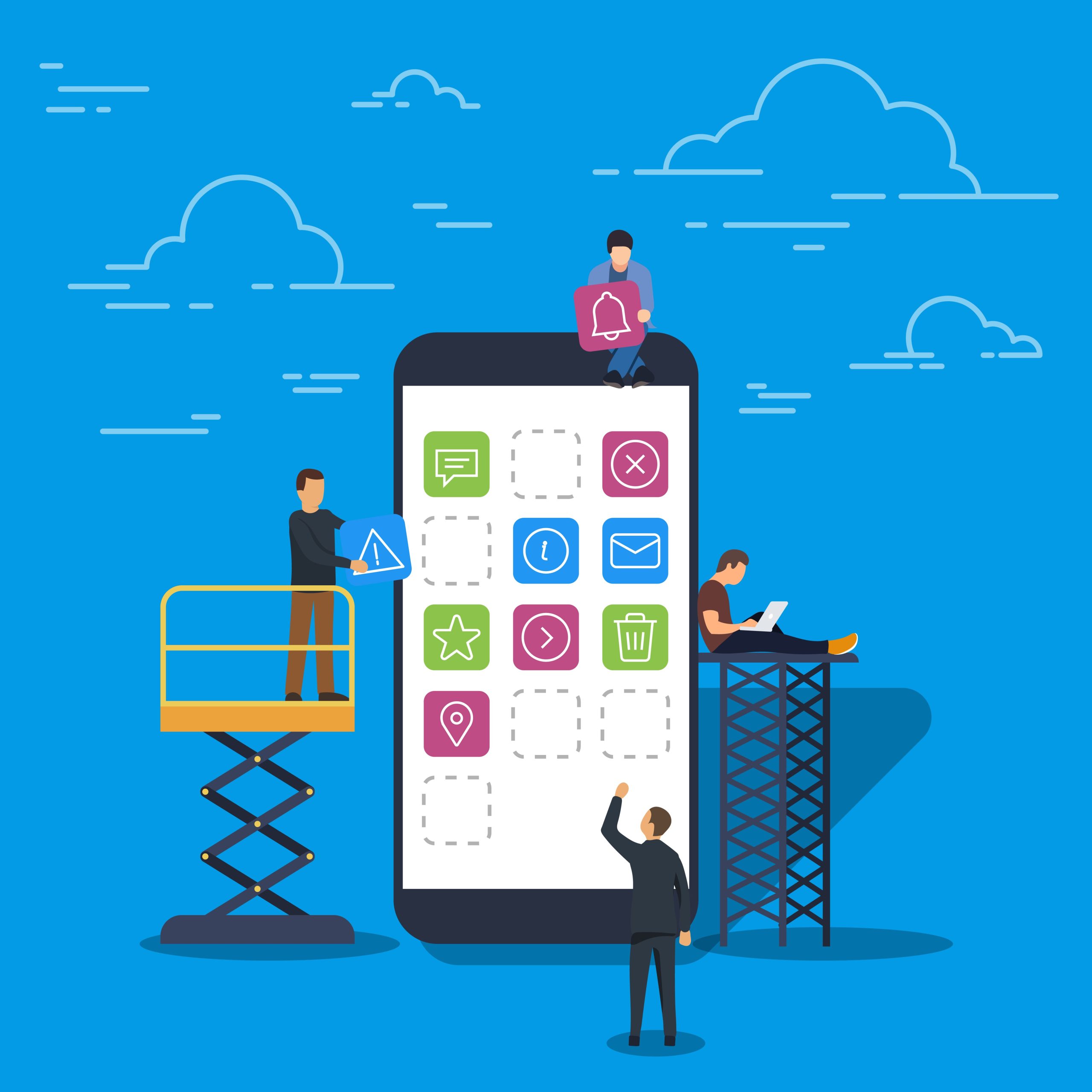The mobile app industry has grown immensely over the past few years, becoming a significant part of modern business strategy and lifestyle. Companies and individuals looking to establish a robust digital presence often turn to iOS application development services to create apps that are not only functional but also highly engaging for users. However, developing an iOS app can vary widely in terms of costs due to several key factors.
In this comprehensive guide, we’ll break down these costs to help you better understand what to expect when hiring a team to bring your app idea to life.
1. Factors Influencing the Cost of iOS App Development
-
App Complexity: The complexity of your iOS app is one of the major factors influencing the overall cost. A simple app with basic functionality (such as a calculator or a notes app) will generally cost far less than a feature-rich, data-heavy app like a social network, e-commerce platform, or a mobile game. Complex apps may involve sophisticated features such as real-time chat, advanced data processing, augmented reality, etc., leading to higher costs.
-
Design Requirements: User interface (UI) and user experience (UX) design significantly impact development costs. Custom designs that stand out from the market norm may require the expertise of skilled designers and additional time investment. While using standard templates can be more budget-friendly, custom mobile application development services often ensure that your app is uniquely tailored to meet your brand’s vision and provide a superior user experience.
-
Backend Infrastructure: Backend development supports your app’s functioning by handling data storage, server management, user authentication, and more. Apps that require high-performance databases, seamless integration with other systems, or complex server-side logic may lead to increased costs. Cloud solutions, database architecture, and API integrations must be tailored to your app’s needs.
2. Geographic Location of the Development Team
The cost of hiring developers depends greatly on where they are located. Rates for app development services can vary widely across regions:
-
North America: Generally, developers in the U.S. and Canada charge more due to high living costs and market demands, with rates often ranging from $100-$250 per hour.
-
Europe: Western European countries tend to be on the higher side, while Eastern Europe offers highly skilled developers at more affordable rates.
-
Asia: Countries like India, China, and the Philippines typically have lower hourly rates, often ranging between $20 and $70 per hour, while offering strong technical expertise.
Choosing developers based on cost alone, however, can be a mistake. Balancing price with quality, experience, and communication is key when outsourcing iOS application development services.
3. App Development Phases
The process of developing an iOS app typically involves several stages, each with associated costs:
-
Planning & Research: This initial phase focuses on understanding the project scope, identifying target users, and creating detailed project requirements. Although often overlooked, it is critical for defining features and estimating budgets accurately.
-
UI/UX Design: Creating an intuitive and visually appealing design is important for user engagement. This phase typically accounts for around 20% of the total app cost.
-
Development: This is the core phase, involving the actual coding of the app. The front-end and back-end teams will collaborate closely to build the desired features, integrate APIs, and implement security measures.
-
Testing & Quality Assurance: Rigorous testing is required to eliminate bugs and ensure your app runs smoothly across different devices. Investing in thorough QA can save costs down the line by preventing expensive fixes.
-
Deployment & Maintenance: Publishing the app to the Apple App Store comes with additional requirements, such as meeting Apple’s guidelines and ongoing updates for compatibility, performance enhancements, or new features.
4. Cost Breakdown of iOS App Development
Here is an overview of the approximate costs for different levels of apps:
-
Simple Apps: $10,000 – $50,000
-
Moderately Complex Apps: $50,000 – $100,000
-
Highly Complex Apps: $100,000 – $500,000+
5. Hidden Costs to Consider
It’s important to consider certain hidden costs that may arise during development:
-
App Store Fees: Apple requires an annual fee of $99 for a developer account.
-
Third-Party Services: If your app relies on third-party tools or APIs, there may be recurring licensing or subscription fees.
-
Ongoing Maintenance: After launch, periodic updates, security patches, bug fixes, and compatibility upgrades are necessary, adding to the overall cost.
6. Cost Optimization Tips
Reducing costs without compromising quality is possible with a strategic approach:
-
Prioritize Features: Focus on core features during the initial release. Additional functionalities can be introduced later based on user feedback.
-
Consider MVP Development: A minimum viable product (MVP) can reduce upfront investment, providing valuable market insights before scaling.
-
Outsourcing: Leverage offshore or nearshore custom mobile application development services to access top talent at lower costs, while maintaining communication and quality.
7. Choosing the Right iOS App Development Partner
Selecting the right partner to build your app is vital to achieving the best value for your investment. When choosing a development team, consider:
-
Experience and Portfolio: Assess their experience in building iOS apps similar to your project.
-
Client Reviews and References: Positive testimonials from past clients can be indicative of quality and reliability.
-
Technical Expertise: Ensure they are well-versed in Apple’s guidelines, Swift programming, and other required technologies.
-
Communication: Effective collaboration depends on clear, consistent communication throughout the project.
8. Value of Custom Mobile Application Development Services
Opting for custom mobile application development services ensures a solution that is uniquely aligned with your business needs, branding, and user expectations. This tailored approach maximizes app effectiveness, making it worth the investment when compared to generic templates. Custom development allows flexibility, scalability, and a more immersive user experience, which can directly impact your app’s long-term success.
Conclusion
Developing an iOS app involves multiple considerations that contribute to the overall cost. By understanding these factors, businesses and entrepreneurs can better plan their budget, make informed decisions, and partner with a reputable services provider to achieve their vision. While initial expenses may seem high, a well-developed app can offer significant long-term returns through increased customer engagement, sales, and brand recognition. Balancing cost with quality and focusing on your app’s specific needs is the key to a successful project.





